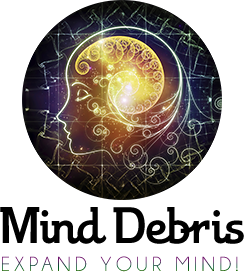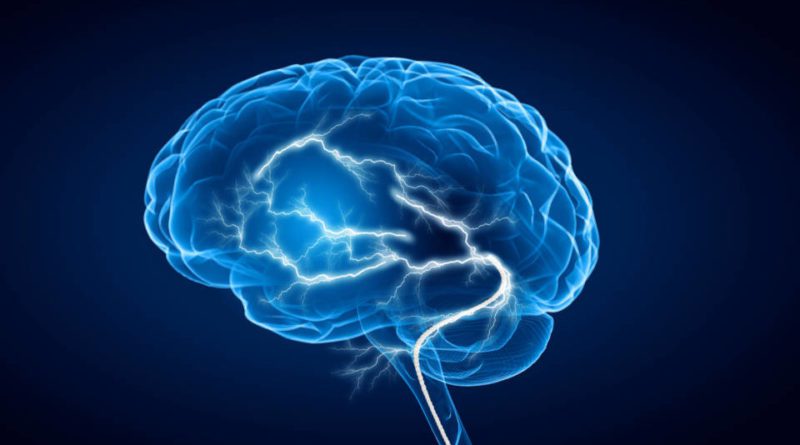Non-Invasive Brain Stimulation (NIBS) for Quitting Smoking
[Please note that this page contains affiliate links. If you choose to purchase after clicking a link, I may receive a commission at no extra cost to you.]
Non-Invasive Brain Stimulation (NIBS) can help people stay abstinent from smoking 3 to 6 months after quitting, according to a new study published in the scientific journal Addiction.
NIBS has recently been used to treat alcohol use disorder and other addictive disorders. However, although these techniques have shown excellent results in treating tobacco use disorder, very little is known about its effectiveness over the long term.
A team of scientists from the University Hospital of Dijon in France did a study and meta-analysis to figure out the effectiveness of NIBS over the long term for smoking cessation.
First, the researchers looked at several scientific databases for randomized controlled studies of NIBS on adult smokers looking for smoking cessation, with more than 1 month of follow-up.
They then combined the results to look at the overall effect of NIBS on smoking cessation. Several studies were included, with 699 patients in total. In all of the studies, the control groups were given sham NIBS.
Several Comparable NIBS Studies
By combining the several studies, the risk ratio of abstinence of any of the forms of NIBS compared to sham NIBS was 2.39, which means smokers who received NIBS had a 2.39 times higher chance of long-term smoking abstinence than those smokers who received the sham.
The risk ratio was much higher when looking at the different types of NIBS or stimulation of specific brain parts. In addition, a greater risk of bias was found in 4 of the studies.
Dr. Benjamin Petit, the lead author, said, “The review looks to be modest, with only several studies included, a lower level in confidence, and a considerable inter-study variability, the study results appear to be vigorous, and we are confident in saying that NIBS is a procedure of interest for both short-term and long-term smoking cessation.
In addition, we have identified seven scientific studies currently happening in this particular field. So soon, it may be recognized as a new option for assisting people who want to stop smoking.”
Two Types of NIBS TMS and tDCS
The two commonly used forms of NIBS are transcranial magnetic stimulation (TMS) and transcranial direct current stimulation (tDCS). TDCS sends a low-direct current to the brain using electrodes placed on the patient’s scalp. The weak current moderates neuronal excitability.
TMS uses a metallic coil that is placed upon the patient’s scalp. The coil creates magnetic pulses that induce fast electric currents throughout the cortical tissue. Depending on the frequency rate of the beatings, the excitability of that area is either decreased or increased.


